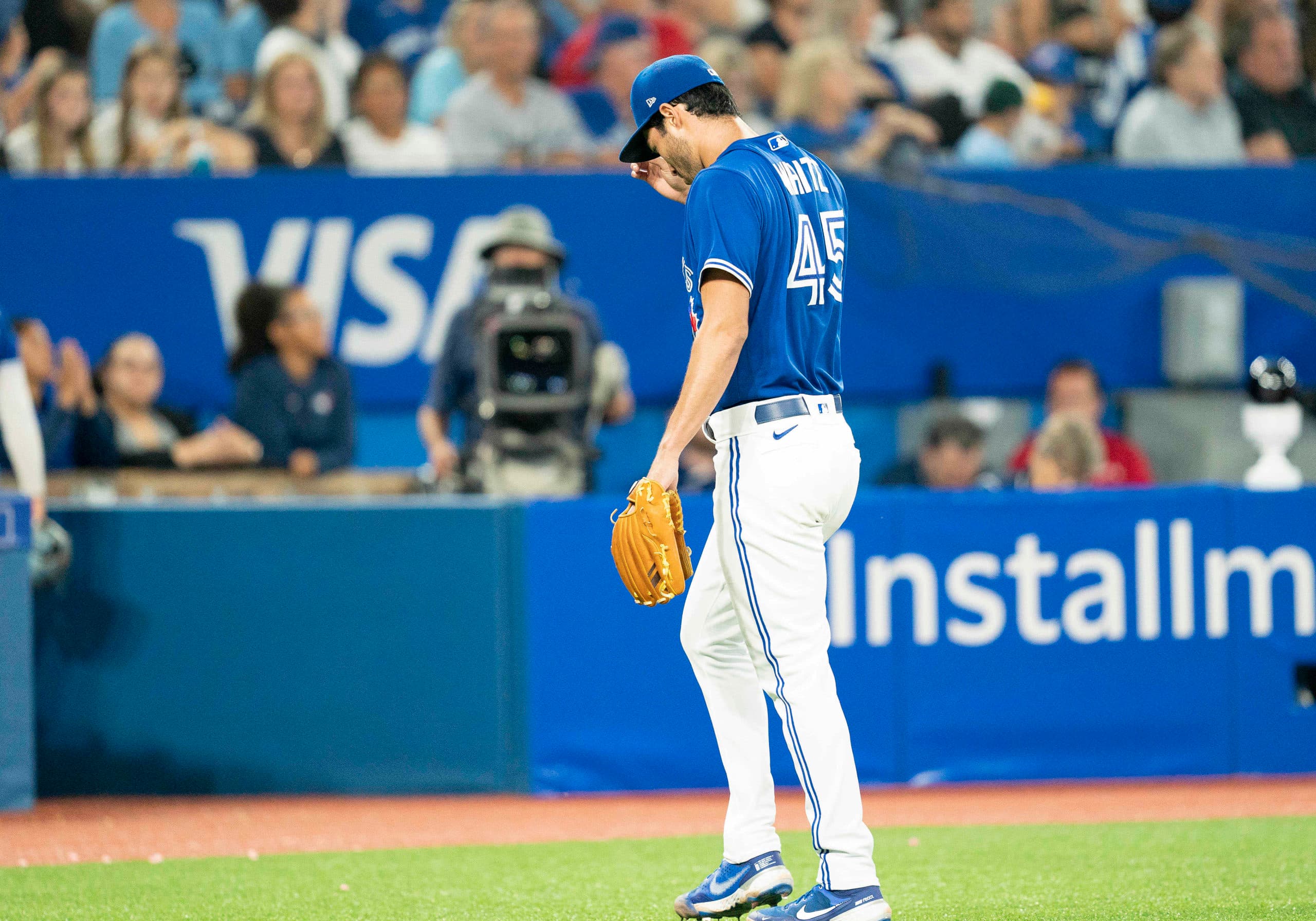Don’t dismiss Mitch White’s future with the Blue Jays just yet
Photo credit: Nick Turchiaro-USA TODAY Sports
By Thomas Hall
Jan 10, 2023, 14:57 EST
Recent articles from Thomas Hall
- News and Notes: Scherzer to throw live BP, Swanson cleared to resume rehab assignment, Bloss lands on IL with elbow injury and more
- Blue Jays relievers are facing an unsustainable workload this season
- Report: Blue Jays pitching prospects Landen Maroudis, Brandon Barriera nearing returns to game action
Keep scrolling for the next article
Breaking News
- It’s a new season, but the same issue plagues the Blue Jays in 2025
- Despite bullpen struggles, the Blue Jays have a bigger problem under the hood
- Blue Jays GDB – 37.0: Jays look to avoid the sweep at the hands of the Angels
- Throwback Thursday: The Blue Jays acquire Devon White from Angels
- MLB betting preview (May 8): Blue Jays vs. Angels predictions
